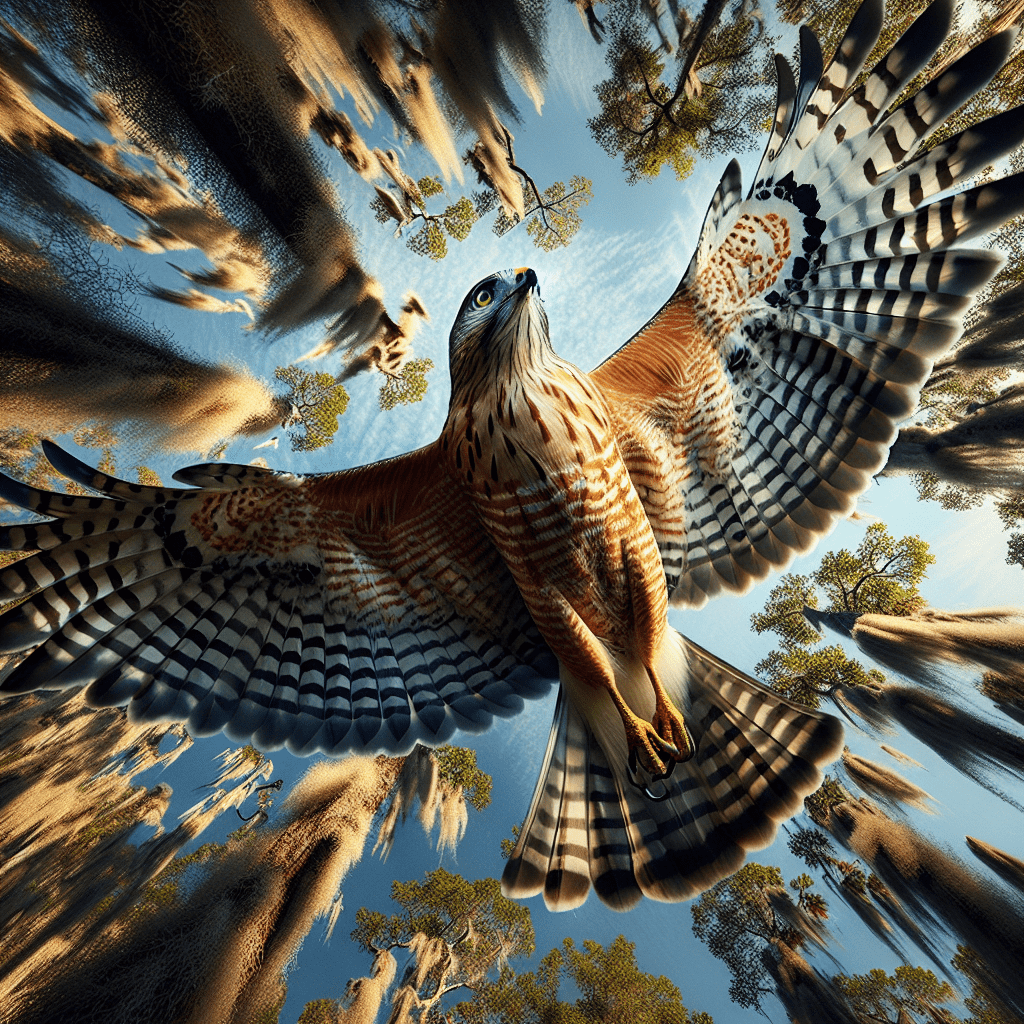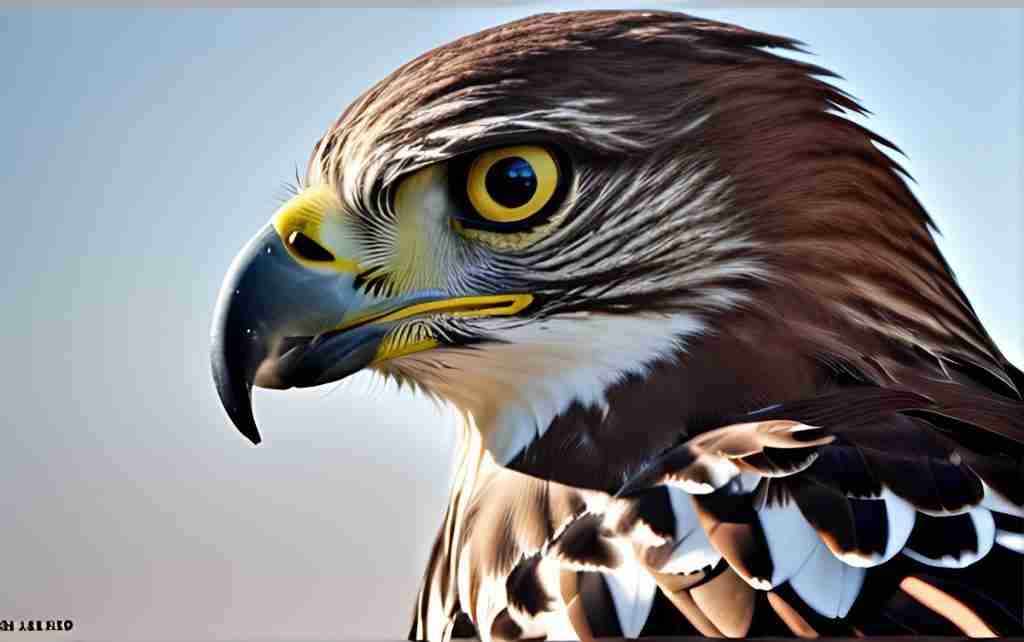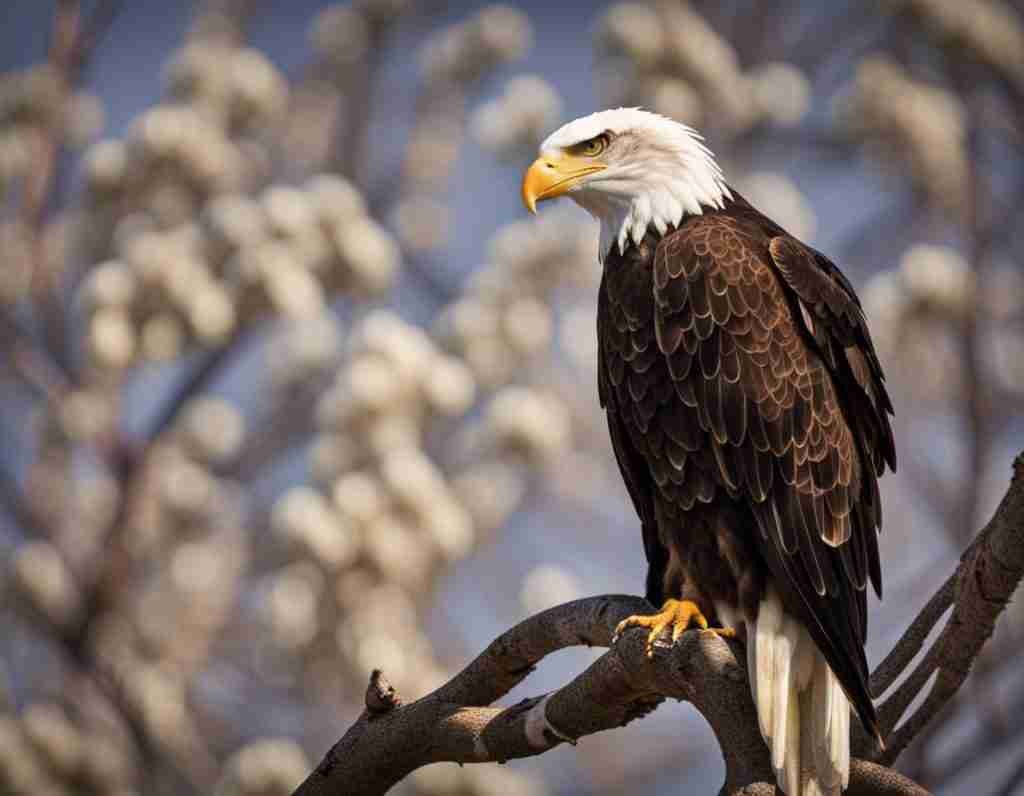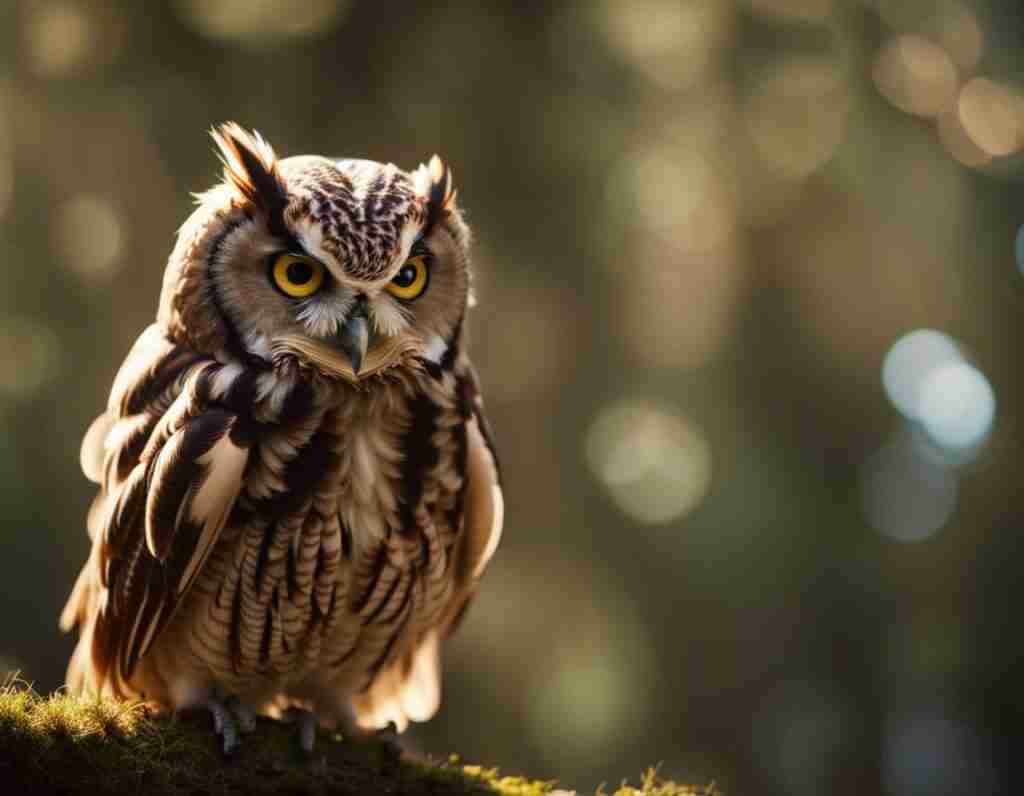When you find yourself gazing up at the vast sky in Florida, you may wonder, “What’s the most common hawk species in this tropical paradise?” There is something enchanting and powerful about these birds of prey soaring through the air, captivating our attention with their grace and agility. In this article, we will take a closer look at the most common hawk species found in Florida, shedding light on their distinctive characteristics and where you are most likely to spot them. So, fasten your seatbelts and get ready for a sky-high adventure as we uncover the secrets of these majestic creatures!
[/et_pb_text][pac_divi_table_of_contents default_state=”closed” included_headings=”off|on|on|off|off|off” level_markers_1=”decimal” level_markers_2=”decimal” level_markers_3=”whole” _builder_version=”4.23.1″ _module_preset=”default” global_colors_info=”{}”][/pac_divi_table_of_contents][et_pb_text admin_label=”Text” _builder_version=”4.23.1″ background_size=”initial” background_position=”top_left” background_repeat=”repeat” global_colors_info=”{}”]
Hawk Species in Florida
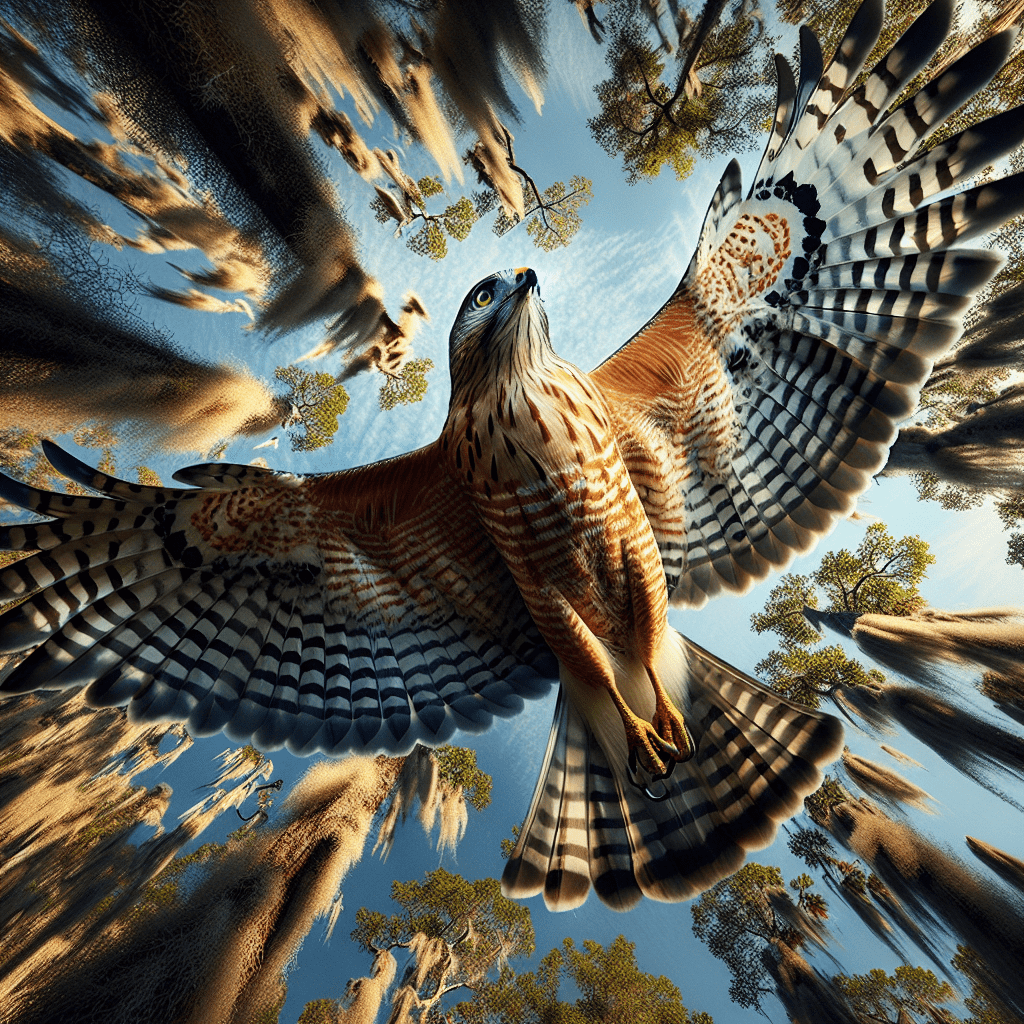
Overview
Florida is home to a diverse range of hawk species, each with its own unique characteristics and behaviors. These majestic birds of prey play an important role in the state’s ecosystem and serve as indicators of environmental health. Despite their popularity, identifying different hawk species can be challenging due to their similarities in appearance. understanding their habitat preferences, migration patterns, feeding habits, behavior, conservation status, and role in the ecosystem is crucial for appreciating these remarkable birds and ensuring their preservation.
Introduction to Hawks
Hawks are birds of prey known for their powerful flight, sharp talons, keen eyesight, and hooked beaks. They belong to the Accipitridae family and are characterized by their broad wings, which enable them to soar high in the sky. In Florida, several hawk species can be found, including the red-shouldered hawk, red-tailed hawk, Cooper’s hawk, and sharp-shinned hawk.
Diversity of Hawk Species
Florida boasts a remarkable diversity of hawk species, with each species adapted to a specific set of habitats and ecological niches. This diversity can be attributed to the state’s varied topography, ranging from coastal wetlands and pine forests to urban landscapes. Each hawk species exhibits distinct physical features, behaviors, and vocalizations, making them fascinating subjects for birdwatchers and nature enthusiasts.
Reasons for Popularity
Hawks hold a special place in people’s hearts for several reasons. Their exceptional flying abilities and striking appearances make them attractive subjects for photographers and artists. hawk-watching has also become a popular pastime for bird lovers in Florida, as observing their aerial acrobatics and hunting techniques is a thrilling experience. Additionally, hawks play an essential role in controlling pest populations, making them valuable for agricultural and ecological purposes.
Ecosystem Services
Hawk species provide crucial ecosystem services, contributing to the delicate balance of nature in Florida. They help maintain the biodiversity of their habitats by regulating populations of prey species such as rodents, birds, and reptiles. By controlling these populations, hawks prevent unchecked growth and ensure the stability of the overall ecosystem.
Indicators of Environmental Health
The presence and abundance of hawks serve as indicators of environmental health. These birds are highly sensitive to changes in their habitats and can reflect the overall state of the ecosystem. Monitoring hawk populations and studying their behaviors can provide valuable insights into the impact of human activities, climate change, and habitat loss on Florida’s environment.
Role in Controlling Pest Populations
Hawks play a vital role in controlling pest populations, benefitting both agricultural systems and natural environments. They prey on rodents, such as mice and rats, which can cause significant damage to crops and carry diseases. By keeping these populations in check, hawks contribute to sustainable agricultural practices and reduce the need for harmful pesticides. In natural habitats, they help control the populations of smaller birds and reptiles, promoting biodiversity and maintaining ecological balance.
Commonly Confused Species
Identifying different hawk species can be challenging, as some species exhibit similar physical characteristics. Two commonly confused hawk species in Florida are the red-shouldered hawk and the red-tailed hawk. While both species have similar coloration, the red-shouldered hawk has distinct red-colored shoulders and a slimmer body compared to the bulkier red-tailed hawk.
Differentiating Features
To differentiate between hawk species, birdwatchers and enthusiasts can look for specific features. Paying attention to body size, shape, and proportions can be helpful. Additionally, studying the coloration of the bird’s plumage, including specific patterns and markings, can aid in identification. Wing shape, tail length, and beak structure are also important characteristics to consider.
Field Guides and Resources
For bird enthusiasts seeking assistance in identifying hawk species, numerous field guides and online resources are available. These guides provide detailed descriptions, photographs, and illustrations of various hawk species found in Florida. They offer valuable information on distinguishing features, habitat preferences, and vocalizations, making it easier for individuals to identify hawks they encounter in the wild.
Florida’s Diverse Habitats
Florida’s diverse habitats provide ideal environments for various hawk species. From coastal areas with marshes and mangroves to inland forests, wetlands, and urban landscapes, hawks can be found in a range of ecosystems across the state. The abundance of prey species and suitable nesting sites further contribute to their distribution and survival.
Preferred Hawk Habitats
Different hawk species show preferences for specific habitats based on their feeding habits and nesting requirements. For example, the red-shouldered hawk prefers forests near water bodies, while the Cooper’s hawk tends to inhabit woodlands. The red-tailed hawk can adapt to a wide range of habitats, including open fields, forests, and urban areas.
Urban and Suburban Environments
Hawks have successfully adapted to urban and suburban environments in Florida. They can be observed soaring above city skylines, searching for prey around parks, golf courses, and residential areas. These adaptable birds often nest in tall trees or on tall structures such as cell towers and high-rise buildings. Their presence in urban areas provides a unique opportunity for people to observe these magnificent birds up close.
Conservation Areas and National Parks
Conservation areas and national parks in Florida play a crucial role in protecting hawk species and their habitats. These protected areas provide undisturbed nesting sites, abundant prey populations, and sufficient space for hawks to forage and hunt. They also serve as important stopover points for migrating hawks, ensuring their safe journey and providing temporary habitat during their travels.
Seasonal Movement
Many hawk species in Florida exhibit seasonal movement patterns, known as migration. During certain times of the year, hawks relocate to different regions in response to changing weather conditions and food availability. Migration allows hawks to maximize their chances of survival by moving to areas with abundant prey and suitable nesting sites.
Migratory Routes
Florida serves as a vital stopover point for hawks migrating between North and South America. The state’s geography and position make it an ideal location for hawks to rest, refuel, and continue their journeys. Migratory routes can vary depending on the species, but popular routes include coastal areas and inland flyways near bodies of water. Observing hawk migration can be an awe-inspiring sight, with thousands of birds soaring across the sky in large groups called kettles.
Timing and Duration
The timing and duration of hawk migration vary depending on the species. Some species, like the broad-winged hawk, exhibit concentrated migrations where large numbers of hawks can be seen within a short period, often known as fall hawk migration. This spectacle attracts birdwatchers from all over the world. The duration of migration can range from a few weeks to several months, depending on the distance traveled and the availability of suitable habitat along the way.
Wintering Grounds
Florida serves as a wintering ground for many hawk species, offering a warm climate and ample food sources during the colder months. As migratory birds arrive in Florida, they establish temporary territories and find suitable roosting sites. The state’s diverse habitats, including wetlands and forests, provide an abundance of prey for these wintering hawks, ensuring their survival until they return to their breeding grounds.
Carnivorous Diet
Hawks are carnivorous birds that primarily feed on other animals. Their diet mainly consists of small mammals, such as rodents and rabbits, but can also include birds, reptiles, amphibians, and insects. Hawks use their sharp talons to capture and kill their prey, and their hooked beaks enable them to tear apart the flesh.
Prey Selection
Different hawk species have distinct preferences when it comes to prey selection. The red-shouldered hawk, for example, prefers small mammals like mice and shrews, while the Cooper’s hawk specializes in catching birds. The red-tailed hawk often preys on rodents and rabbits, but it is also known to feed on snakes and small reptiles.

Hunting Techniques
Hawks employ various hunting techniques to capture their prey. One common method is soaring high in the sky, using their exceptional eyesight to spot potential prey on the ground. Once a target is identified, the hawk dives or swoops down, using its speed and agility to surprise and capture the prey. Another technique used by some hawk species, such as the Cooper’s hawk, is known as “still hunting.” In this method, the hawk perches quietly and patiently waits for prey to come within striking distance.
Examples of Prey
hawks in Florida have a diverse range of prey options. Some common prey species include mice, rats, voles, rabbits, squirrels, snakes, lizards, frogs, and small birds. Hawks play a crucial role in controlling these populations, preventing them from becoming overabundant and causing imbalances in the ecosystem.
Courtship and Mating
Hawks engage in intricate courtship displays to attract mates. These displays often involve aerial acrobatics, with the male performing elaborate flight patterns accompanied by calls and vocalizations. Once a pair is formed, the hawks build a nest together, using sticks and twigs. The female lays eggs, and both parents take turns incubating them until they hatch.
Nesting Behavior
Hawks construct nests in trees, usually high off the ground, to protect their eggs and young from predators. The nests are bulky structures made of sticks and lined with softer materials like leaves or moss. Some hawk species use the same nest year after year, adding new materials to reinforce it. The red-shouldered hawk and red-tailed hawk are known for their impressive nest-building abilities, constructing large nests that can measure several feet in diameter.
Territoriality
Hawks are territorial birds, defending their nesting sites and foraging areas from other hawks and potential threats. They often engage in aerial displays to assert their dominance and prevent encroachment by other individuals. Territories are established through elaborate flight displays, vocalizations, and aggressive behavior when necessary.
Parental Care
Both parents share the responsibility of caring for their young. After the eggs hatch, the parents take turns hunting for food and feeding the chicks. They regurgitate partially digested prey to feed their offspring, providing them with the high protein diet necessary for growth and development. As the chicks mature, they become more independent and gradually learn to hunt for themselves before eventually leaving the nest.
Social Behavior
Hawks are generally solitary birds, but they may congregate in certain situations, such as during migration or at abundant food sources. These gatherings, known as communal roosts, can include dozens or even hundreds of hawks. Roosting together provides protection against predators and offers opportunities for social interaction and learning from other hawks.





Endangered and Threatened Species
While many hawk species in Florida thrive, some are classified as endangered or threatened. These include the snail kite and the Southeastern American kestrel. Habitat loss, pollution, and climate change pose significant threats to their survival. Conservation efforts are focused on preserving their habitats and raising awareness about the importance of these species.
Protected Hawk Species
Several hawk species in Florida are protected under state and federal laws. It is illegal to harm, harass, or disturb these protected species or their nests without appropriate permits. Protected species include the bald eagle, the peregrine falcon, the red-cockaded woodpecker, and the Everglade snail kite. Strict regulations and conservation measures are in place to ensure their continued existence.
Conservation Efforts
Numerous organizations and government agencies are actively involved in the conservation of hawk species in Florida. These efforts include habitat restoration, monitoring and research programs, captive breeding efforts, and public education initiatives. Collaborative partnerships between researchers, land managers, and conservationists are key to protecting hawk populations and their habitats for future generations.
Predator-Prey Relationships
Hawks occupy an essential role in predator-prey relationships within the ecosystem. By hunting small mammals and birds, they help control the populations of these prey species. This predation pressure prevents unchecked growth, regulates population sizes, and reduces competition for limited resources. Hawks function as top predators, maintaining stability and balance in the food chain.
Balancing Populations
Hawk populations play a vital role in balancing the populations of their prey species. By keeping prey populations in check, hawks help prevent overgrazing, habitat degradation, and the spread of diseases. This balanced dynamic ensures the overall health and sustainability of the ecosystem, enabling other species to thrive.
Seed Dispersal
Hawks inadvertently contribute to seed dispersal as they consume prey species. Seeds contained in the digestive tracts of rodents, birds, or reptiles are passed through the hawk’s digestive system and deposited in various locations as they defecate. This dispersal mechanism helps plants colonize new areas and contributes to the maintenance of plant biodiversity.
Scavenging
Hawks also engage in scavenging, feeding on carrion and carcasses of dead animals. Their efficient scavenging behavior helps clean up the environment by removing decaying waste. In addition, this scavenging behavior provides an important food source for hawks, especially during times of scarcity or seasonal fluctuations in prey availability.
In conclusion, hawk species in Florida offer a fascinating glimpse into the world of birds of prey. From their diverse habitats and migratory patterns to their feeding habits and behavior, understanding these majestic creatures is key to appreciating their importance in the ecosystem. Conservation efforts are crucial to preserving their populations and ensuring a healthy balance in Florida’s environment. By protecting and appreciating hawk species, we can all contribute to the conservation of our natural heritage.
